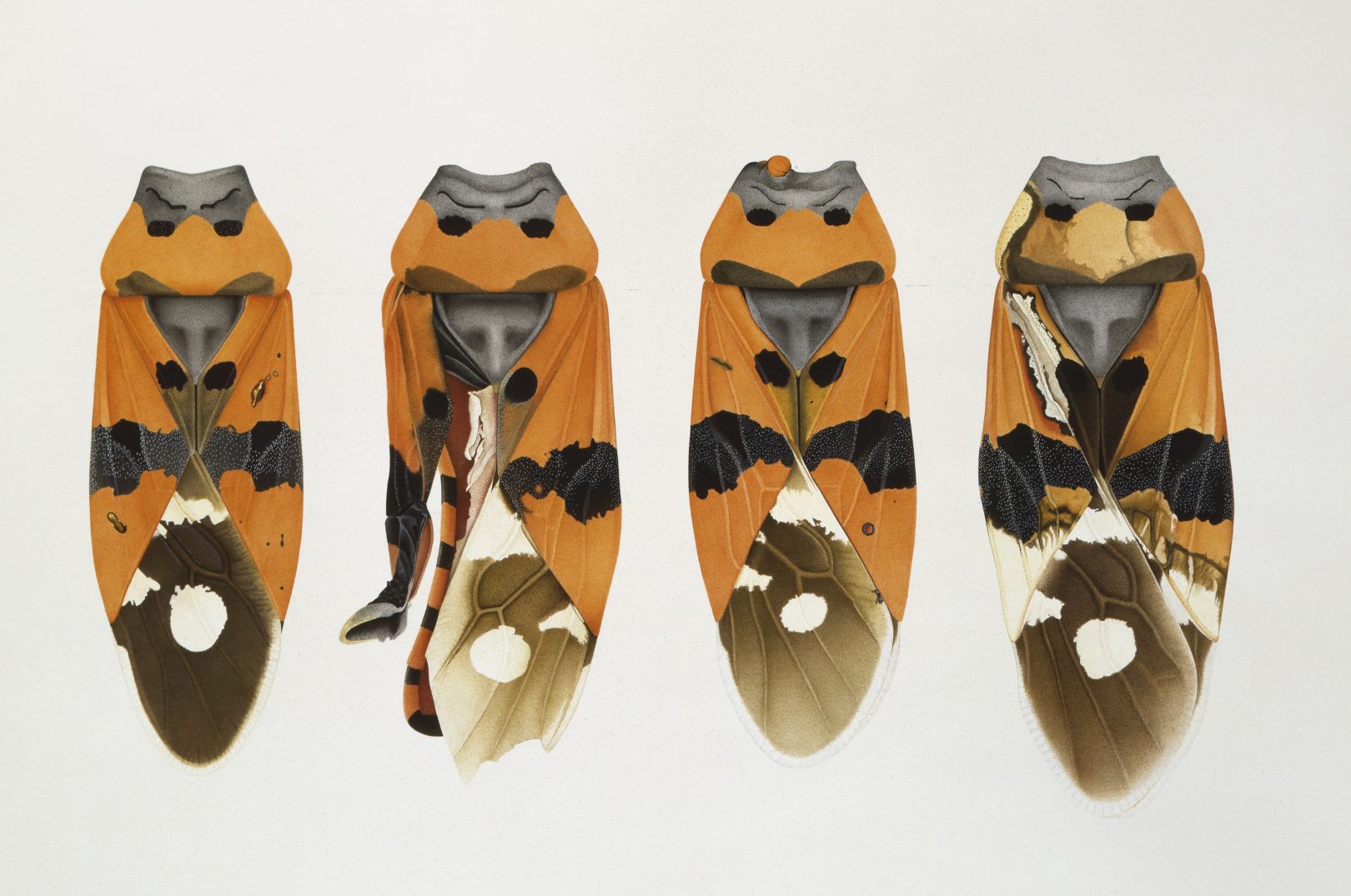Wednesday 3 March 16.00 – 17.30 GMT.
An event for UN World Wildlife Day
Both science and art offer us new ways of seeing bugs. By observing and understanding bugs better, can we improve their, and our, future?
There are 6 million species of bugs on this earth. Its health and ours depends on them. Yet bugs are vulnerable globally – 40% of species are in decline. Specially on this day, but every day, we have to think very carefully about bugs!
So much of their suffering is not only because of environmental and climate change. It is as a result of human cruelty and indifference. And yet with proper care, they can nurture the world in so many ways.
The event was held on-line via Zoom.
Watch the recording of the event here
Speakers and topics are:
Each speaker will discuss their own work for about 10 minutes. They will also offer suggestions as to how we can all contribute to the health of bugs around our planet
- Marcel Dicke, Professor of entomology, Wageningen, Netherlands, On bugs as food, and also his interest in bugs in art
- Cornelia Hesse-Honegger: science-artist, Switzerland. On her long-term art project and research into the malformations suffered by true bugs as a result of nuclear radiation
- Alison Turnbull: artist, UK. On her research into butterflies in Colombia and moths in Norfolk, and her artistic approaches to their representation.
- Arno van Berge Henegouwen: biologist, Netherlands. On his developing interest in wildlife photography and the challenges posed by bugs in his scientific work on taxonomy. To know your bugs is a key to a better understanding of nature.
- Paul Hetherington: scientist, UK. On the charity Buglife’s approach to creating bug-habitat continuity via B-lines and the science behind them.
Further notes on speakers
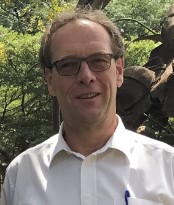
Marcel Dicke
Wageningen University professor of entomology Marcel Dicke’s breakthrough research showed that plants under attack by insects send out a chemical SOS signal to attract their attackers’ predators. This paradigm-shifting discovery opened up a whole new field of study – plant-animal interactions. In 2007, Dicke won the prestigious NWO Spinoza award for this research.
Dicke is the subject of our most recent blog interview. He has devoted much of his time to popularising insects in the mainstream . Not only by offering lectures on the many wonders of bugs. He has produced festivals celebrating them, and even hosting a world record–breaking insect-eating event! In 2010, he delivered a funny, impassioned, and informative talk – “Why not eat insects?” – at the TEDGlobal conference, in Oxford. In this talk, Dicke made the case for raising insects as a nutritious and environmentally sustainable source of food. It has had well over 1.5 million views,
Dicke was Rhodes Professor of Cornell University (USA) from 2013 to 2016. He has over 790 scientific publications to his name. And yet has also found time to write The Insect Cookbook, Food for a Sustainable Planet. One of his passions is insects in art from 14th century to today.
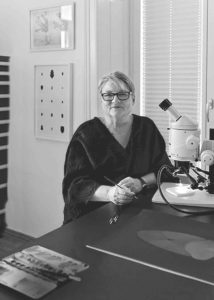
Cornelia Hesse-Honegger
Cornelia works at the interface between art and science, testifying to the beauties of an increasingly endangered nature. Describing herself as a ‘science artist,’ Cornelia worked for 25 years, as a scientific illustrator for the Natural History Museum, University of Zurich. From 1969 onwards, she collected and painted true bugs Heteroptera.
Since the catastrophe of Chernobyl in 1986 she has collected, studied and painted morphologically disturbed insects, mostly true bugs. She found them in the fallout areas of Chernobyl as well as in the proximity of nuclear installations. Based on her research, she is convinced that where the radioactive fallout from Chernobyl, hits ground, the vegetation is contaminated. Even from or normal working nuclear power plants, insects like true bugs become to a certain degree morphologically disturbed.
Nuclear power plants are a terrible threat to nature
Her field studies have been mostly in Switzerland, but also in many other locations including Sellafield in the UK. They conclude that even normal working nuclear power plants are a terrible threat to nature and cause deformities on true bugs, Heteroptera. Today she, and independent scientists, can prove that even the lowest amount of radiation can cause cancer, illnesses, mutations and deformations. She has published many studies highlighting this issue and her watercolours and prints are exhibited internationally at museums and galleries. In the UK her work was first recognised by Locus+ in Newcastle in 1996.
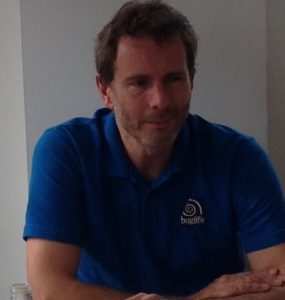
Paul Hetherington,
has been Buglife Director of Fundraising and Communications for the past nine years. Previously he had many more years of work in the conservation sector. He studied Natural Sciences at Durham University and Social Sciences with the Open University. He is a fellow of the RSA. Also, as a non-Executive Director of Enviro-Education, he is working to develop the next generation of environmental activists. He is on the management boards of Westwood Grange allotments and Central Park in Peterborough. For Buglife. Paul is leading the drive to deliver B-Lines connectivity on the ground to help arrest the decline in our invertebrates.
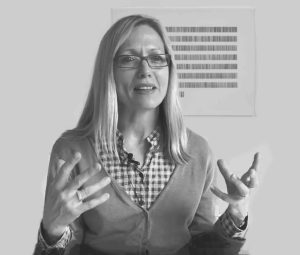
Alison Turnbull.
Born in Bogota, Colombia and living in London and occasionally in Norfolk. For Bugs Beauty and Danger, Alison showed a new body of works, paintings and photographs about moths and butterflies. This is a subject which has intrigued her for many years. It has introduced a change in her work. She is an artist who frequently transforms information from plans, charts, diagrams, blueprints into abstract paintings. They are made vivid through colour and the worked surface. Alison trained between 1975-1981 at Bath Academy of Art, West Surrey College of Art and Design, and Academia Arjona, Madrid. She has won numerous awards, and has work in many public collections. Exhibiting frequently in many solo and group exhibitions internationally, she is represented by Matt’s Gallery, London.
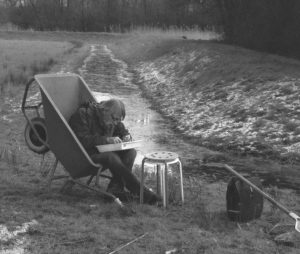
Arno van Berge Henegouwen
Arno van Berge Henegouwen is a biologist and has worked in various museums, including Museon, the Hague. His specialism is water and dung beetles, but he has also published on various popular science topics. Together with his former colleague Ruud Hisgen, he devised temporary and permanent exhibitions in museums in Tilburg and The Hague. In the Museon they designed the renewed permanent exhibition ‘Your World My World’. He also developed the ‘Museonder’ and Visitor Centre for the Hoge Veluwe National Park in the Province of Gelderland. He is passionate about education in relation to his scientific work on insects. Always a keen wildlife photographer, he brought the first ‘Wildlife Photographer of the Year’ to The Hague. This continued for many years with twenty-two following editions

